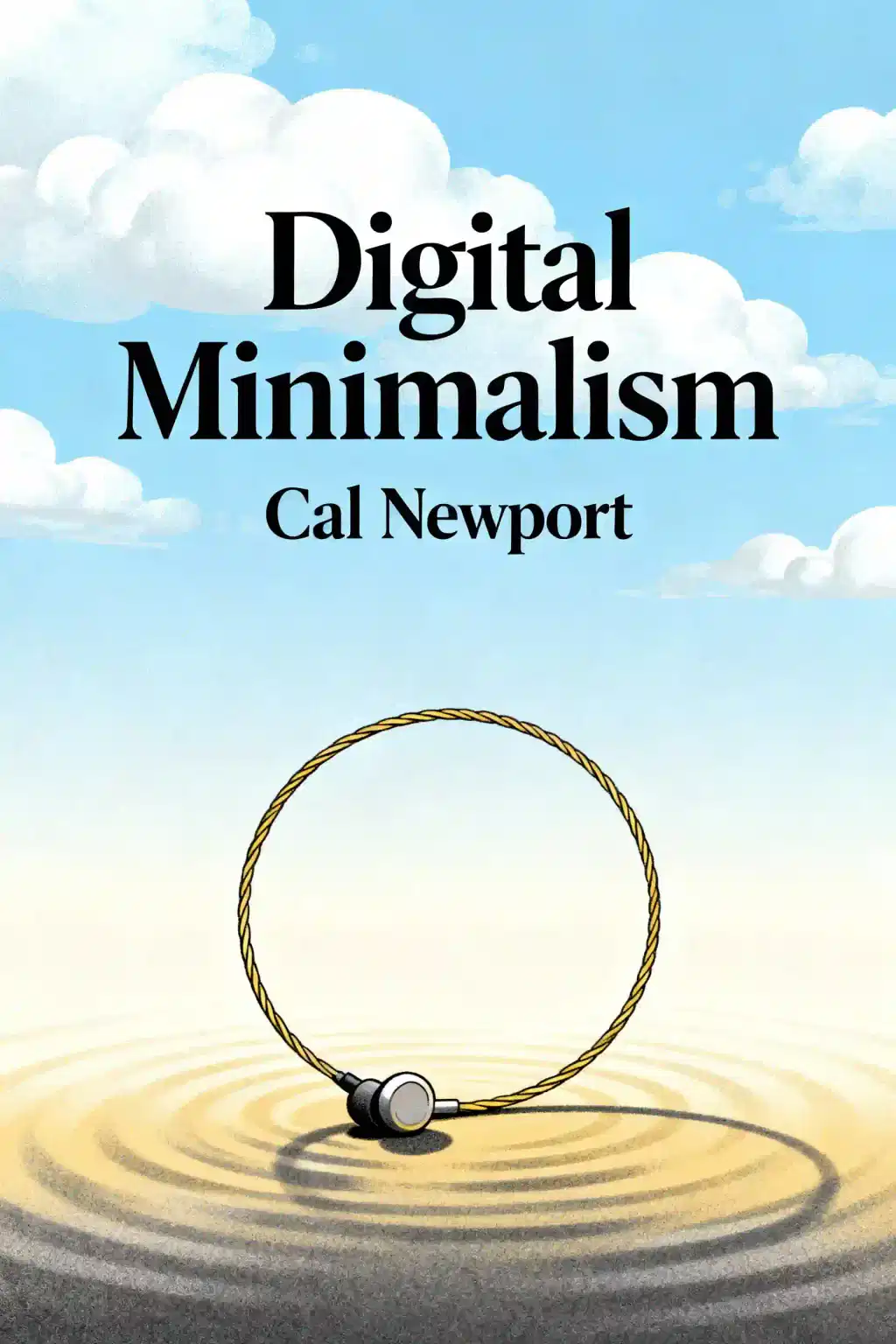What is
Digital Minimalism by Cal Newport about?
Digital Minimalism outlines a philosophy for intentionally using technology to support personal values, avoiding digital overload. Cal Newport advocates a 30-day "digital declutter" to reset habits, then reintroducing only tools that add significant value. Key ideas include prioritizing analog leisure, avoiding solitude deprivation, and resisting attention economy traps.
Who should read
Digital Minimalism?
This book is ideal for anyone feeling overwhelmed by constant connectivity, social media addiction, or smartphone overuse. It’s particularly relevant for professionals seeking productivity, parents modeling healthy tech habits, or individuals prioritizing mental clarity and real-world relationships.
Is
Digital Minimalism worth reading?
Yes, especially if you struggle with distraction or screen fatigue. Newport combines research with actionable steps, offering a structured approach to reclaim focus. Critics note it overlaps with his earlier work Deep Work, but it remains a vital guide for navigating modern tech challenges.
What are the three core principles of
Digital Minimalism?
- Clutter is costly: Eliminate non-essential technologies.
- Optimization is important: Maximize value from chosen tools.
- Intentionality is satisfying: Align tech use with deeply held values.
These principles help users avoid passive consumption and focus on meaningful engagement.
How does the digital declutter process work?
Newport recommends a 30-day break from optional technologies, followed by reintroducing tools only if they:
- Serve a clear purpose.
- Provide satisfaction exceeding potential harms.
- Align with personal values.
This reset helps build intentional, long-term habits.
What is solitude deprivation in
Digital Minimalism?
Solitude deprivation refers to losing the ability to be alone with one’s thoughts due to constant digital stimulation. Newport links this to rising anxiety and advocates practices like walks without devices or journaling to restore mental clarity.
What is the Social Media Paradox?
Newport describes social media as creating a paradox: it fosters superficial connection while deepening loneliness. Platforms offer fleeting validation but often replace higher-quality offline interactions, leading to emotional dissatisfaction.
How does
Digital Minimalism suggest handling social media interactions?
Newport advises avoiding passive engagement (e.g., liking posts) and prioritizing high-quality communication, like calls or meetups. He critiques "likes" as low-value gestures that fuel compulsive use without meaningful connection.
What are key quotes from
Digital Minimalism?
- “Digital minimalists… happily miss out on small things to avoid diminishing the large things.”
- “Solitude requires you to move past reacting to information created by other people.”
These emphasize intentionality and the cost of constant connectivity.
What are the main critiques of
Digital Minimalism?
Some argue Newport’s approach is overly rigid or redundant with his prior work. Others note it underestimates social media’s role in modern networking. However, most praise its practical frameworks for tech-life balance.
How does
Digital Minimalism compare to Cal Newport’s
Deep Work?
While Deep Work focuses on professional concentration, Digital Minimalism addresses personal tech habits. Both emphasize intentionality, but the latter expands into leisure, relationships, and resisting algorithmic manipulation.
Why is
Digital Minimalism relevant in 2025?
As AI and immersive tech expand, Newport’s principles offer a blueprint for safeguarding attention and mental health. The rise of AR/VR and algorithmic content makes his call for analog hobbies and solitude more critical than ever.








